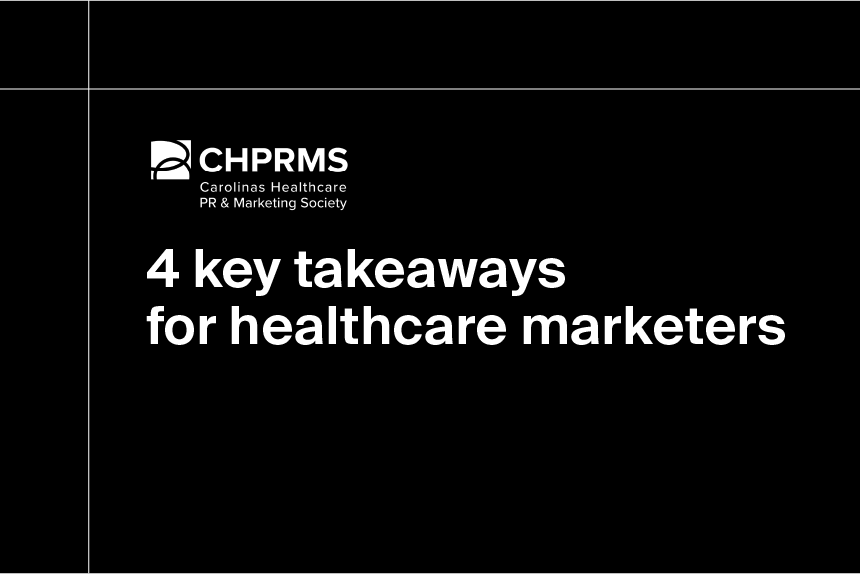The medical loss ratio (MLR), also known as medical cost ratio (MCR), is a financial measure created under the Affordable Care Act to ensure health plans provide value to their enrollees. An insurer’s MLR is calculated by adding total paid medical claims and approved quality improvement expenses, then dividing that sum by total premium revenue, minus allowable deductions.
What is a “good” MLR?
Under the ACA, a “good” MLR depends on plan size: large group plans must spend at least 85% of premiums on care and quality improvement, while small group and individual plans must meet an 80% minimum. If a plan falls short, insurers are required to issue rebates to policyholders. For example, a small group plan with a 76% MLR would owe a 4% rebate to enrollees.
In essence, MLR ensures that most premium dollars—roughly 80 cents of every dollar—go toward patient care and improving healthcare quality. While MLR is designed to protect consumers, insurers can also manage it efficiently to maintain strong relationships with providers and deliver high-quality experiences for patients. Here’s how.
Tip #1: Maintain an accurate MLR projection
Finance teams should produce reliable end-of-year MLR projections. With a clear working ratio in hand, insurers can take steps throughout the year to balance spending on care and quality improvement.
Ending the year above the minimum MLR may seem positive, but it indicates that profits aren’t fully optimized and opportunities to strengthen consumer-provider relationships are missed.
Conversely, finishing below the minimum MLR benefits only consumers, since the plan must issue rebates. One effective strategy to stay above the minimum is to invest in approved quality improvement activities, which both enhance care and help manage the ratio.
Tip #2: Track the quality of in-network providers
The Centers for Medicare and Medicaid Services (CMS) hospital Value-Based Purchasing (VBP) program has begun shifting Medicare payments from traditional fee-for-service (FFS) models toward value-based care, rewarding providers for the quality of care rather than the volume of services.
CMS tracks provider service quality with a total performance score (TPS), which measures provider performance and adjusts reimbursements for Medicare FFS patients based on quality outcomes.
Private insurers can apply a similar approach by tracking provider quality metrics within their networks. Doing so helps ensure patients receive better care while aligning reimbursements and incentives with performance, not just procedure volume.
Top 10 hospitals by total performance score
| Rank | Hospital name | HQ city | HQ state | Total performance score |
| 1 | Sauk Prairie Memorial Hospital | Prairie Du Sac | WI | 73.78 |
| 2 | Olmsted Medical Center | Rochester | MN | 64.11 |
| 3 | Henry Ford River District Hospital | East China | MI | 63 |
| 4 | Park City Hospital | Park City | UT | 61 |
| 5 | Novant Health Mint Hill Medical Center | Charlotte | NC | 60.22 |
| 6 | Mayo Clinic Health System - Albert Lea | Albert Lea | MN | 59.88 |
| 7 | Aurora Medical Center - Manitowoc County | Two Rivers | WI | 59 |
| 8 | Panorama City Medical Center | Los Angeles | CA | 59 |
| 9 | Mat-Su Regional Medical Center | Palmer | AK | 58.75 |
| 10 | UP Health System - Portage Main Campus | Hancock | MI | 58.33 |
Fig. 1 Data is from Definitive Healthcare’s HospitalView product. Data access September 2025.
Tip #3: Provide incentives for higher-quality care
Use provider quality data to design incentive programs that strengthen insurer-provider relationships and improve patient care. Even simple strategies like adjusting reimbursement rates based on quality metrics can encourage better outcomes.
By rewarding high-quality care, insurers not only support stronger networks and healthier patients but also help maintain a balanced MLR, ensuring compliance with regulations while optimizing both financial and care outcomes.
Learn more
Healthcare Insights are developed with healthcare data and analytics from the Definitive Healthcare platform. Want even more U.S. hospital lists? Get a demo and get access to the latest intelligence on hospitals, physicians, and other healthcare providers.




